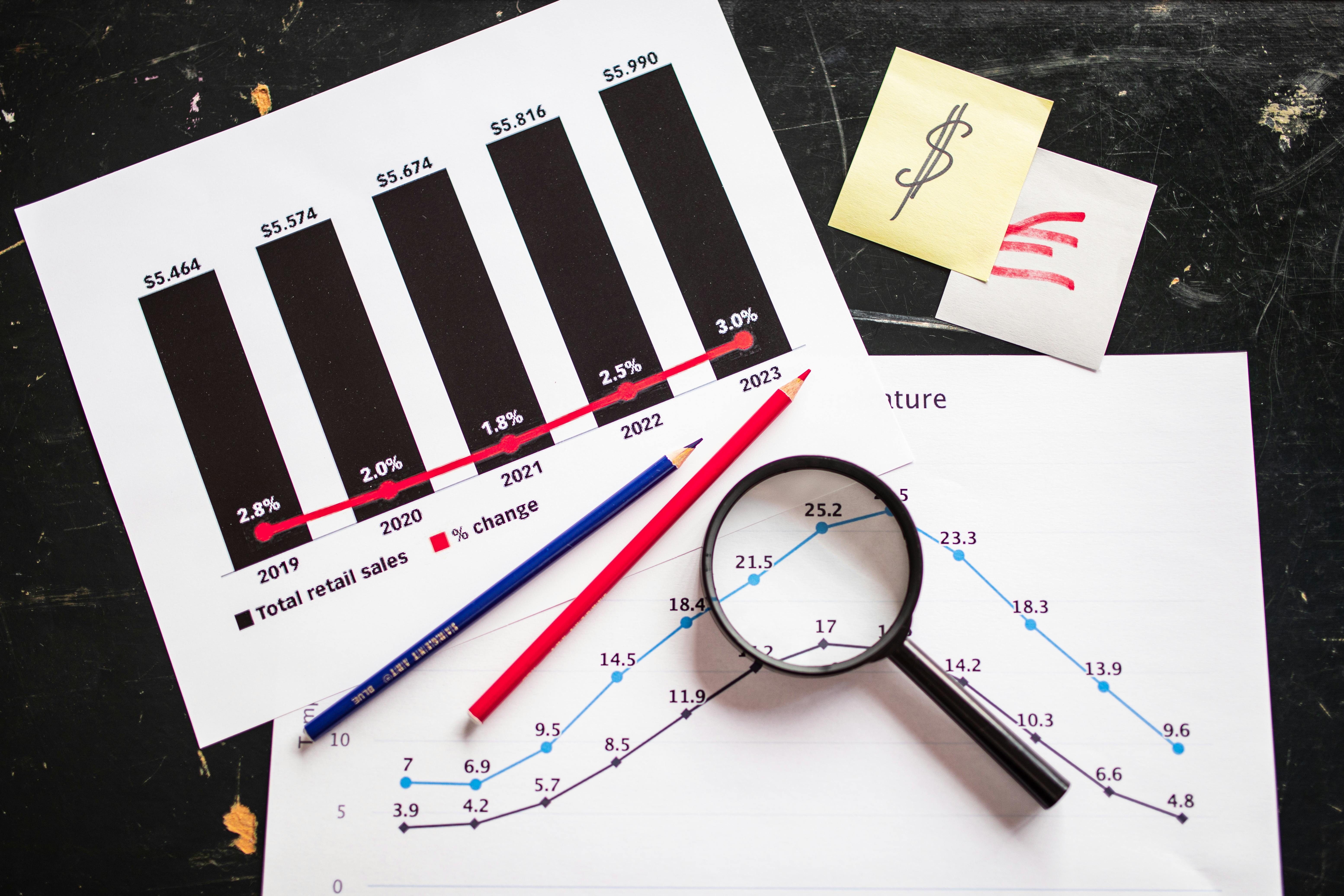
Effective Ways to Find Cubic Feet: Discover Modern Techniques
Understanding Cubic Feet and Its Importance
Cubic feet is a vital measurement unit in various fields, from shipping to construction. Understanding how to calculate cubic feet accurately helps in effectively planning space, estimating shipping costs, and optimizing storage solutions. Notably, cubic feet provides a clear visual representation of volume, making it easier to grasp how much space an object occupies.
For instance, when storing items or moving them, knowing the cubic footage can determine how many boxes can fit in a truck or a storage unit. This approach to volume measurement is applicable in making informed decisions about purchasing materials for projects, from insulation needs to landscaping.
This article will explore effective ways to find cubic feet, utilizing modern techniques and tools to simplify these calculations. Key takeaways will equip you with practical tips for measuring cubic feet in various contexts, ensuring you can find cubic feet easily.
Basic Calculation: The Cubic Feet Formula
The fundamental method for calculating cubic feet involves a simple formula: length × width × height. Whether measuring cubic feet of a box or an irregular shape, this formula allows for straightforward volume computation.
For instance, to find the cubic feet of a box, measure all sides in feet and multiply the three dimensions together. For example, if a box measures 2 feet in length, 3 feet in width, and 4 feet in height, the calculation would be:
2 ft × 3 ft × 4 ft = 24 cubic feetThis formula can also be adapted for more complex shapes, necessitating a breakdown into smaller, measurable components. For example, the cubic feet of an L-shaped object can be calculated by determining the cubic feet of each segment and then summing them up.
Measuring Cubic Feet: Tools and Techniques
Using the right tools streamlines the process of determining cubic feet. Various measuring devices are available, from simple tape measures to sophisticated digital measuring instruments.
For quick estimations, employing a cubic feet calculator can significantly accelerate the process. Numerous online tools and apps offer user-friendly interfaces where you input dimensions, and they compute the volume instantly. Similarly, for irregular objects, employing a water displacement method can yield accurate cubic feet measurements.
When measuring cubic feet in construction or similar fields, utilizing measuring scales for cubic feet helps ensure precision. Often, layout tools in CAD software can also calculate cubic footage for architects and engineers, facilitating easier planning and resource allocation.
Calculating Volume in Cubic Feet for Shipping
Shipping logistics heavily depend on cubic feet measurements. Knowing how to calculate cubic footage for shipping can save costs and optimize space in containers. For items that are not perfectly rectangular, approximating the size in cubic feet becomes crucial.
The strategy involves wrapping irregularly shaped items in cubic boxes or padding them to fit a cubic dimension. For instance, if shipping a cylindrical item like a large drum, finding an enclosing box can assist in calculating cubic feet effectively. This approach will maximize the use of space in shipping containers, which often have limited room.
Moreover, some shipping companies utilize cubic feet to determine weight ratios, directly impacting shipping costs. Remember, the higher the cubic footage, the more expensive it can be for shipping, making it essential to accurately determine these measurements beforehand.
Practical Applications of Cubic Feet in Everyday Life
Finding cubic feet is not limited to industrial applications; it's relevant in everyday life, such as understanding the cubic feet of a refrigerator for your kitchen.
The cubic feet of appliances inform purchase decisions and space management. For example, a standard refrigerator might range from 15 to 25 cubic feet. Knowing this measurement ensures that you select an appliance fitting your kitchen’s available space and storage needs.
Additionally, in gardening, calculating cubic feet of a garden bed can help determine the amount of soil needed for planting efficiently. Understanding cubic feet aids in resource management in various DIY projects around the home, like optimizing space for tools and materials.
Common Mistakes When Measuring Cubic Feet
Miscalculations can occur when determining cubic feet, leading to space mismanagement. Common mistakes include not measuring correctly or using the wrong unit conversions. For example, confusing cubic feet with cubic inches or cubic meters can heavily impact calculations, leading to inaccuracies.
Another frequent error is not accounting for irregular shapes adequately. It’s essential to break these shapes into simpler forms to ensure accurate measurement of cubic feet. By applying techniques and formulas appropriately, these missteps can be minimized or avoided altogether.
Utilizing measurement worksheets can also prevent errors in cubic feet calculations. These worksheets can guide you through proper measurements, calculations, and conversions, ensuring that you achieve accurate results every time.

Utilizing Cubic Feet in Logistics and Construction
Cubic feet measurements play an integral role in logistics and construction. In logistics, accurate calculations can influence shipping operations, inventory management, and pricing structures. Understanding cubic footage in transportation can directly impact load optimization, reducing costs and increasing efficiency.
In construction, measuring cubic feet is crucial for estimating material needs, such as concrete for pouring foundations. With accurate cubic footage, contractors can determine the amount of material required, reducing waste and increasing project efficiency.
Companies often implement software that calculates cubic footage across projects, compiling data that helps in planning future projects efficiently. In both logistics and construction, mastering cubic feet measurements contributes to successful operations.
Advanced Measurement Techniques: Finding Cubic Feet Easily
For those looking for innovative ways to simplify volume calculations, various advanced measurement techniques are available. 3D scanning technology can provide quick and accurate cubic feet measurements of large and complex structures, useful in real estate and construction projects.
Using algorithms within mobile apps can allow you to calculate cubic footage directly from photographs taken at different angles. This technology provides a modern solution to measuring cubic feet without the need for traditional measuring tools.
Moreover, leveraging cloud-based project management tools can ensure project teams have access to real-time cubic footage data across various platforms, enhancing collaboration and efficiency in workflow management.

Conclusion: Mastering Cubic Feet Measurements
In conclusion, mastering cubic feet measurements can significantly impact various personal and professional projects. From shipping to construction, understanding how to calculate cubic feet, as well as the best practices for measuring and converting dimensions, streamlines processes and enhances decision-making.
Employing tools like calculators and software can simplify calculations, while awareness of common pitfalls ensures accuracy in your measurements. This expertise can lead to better resource utilization and cost-effective planning in logistics, real estate, and beyond. With these effective techniques at your disposal, you will find cubic feet easily, enhancing your practical understanding of cubic measurements.